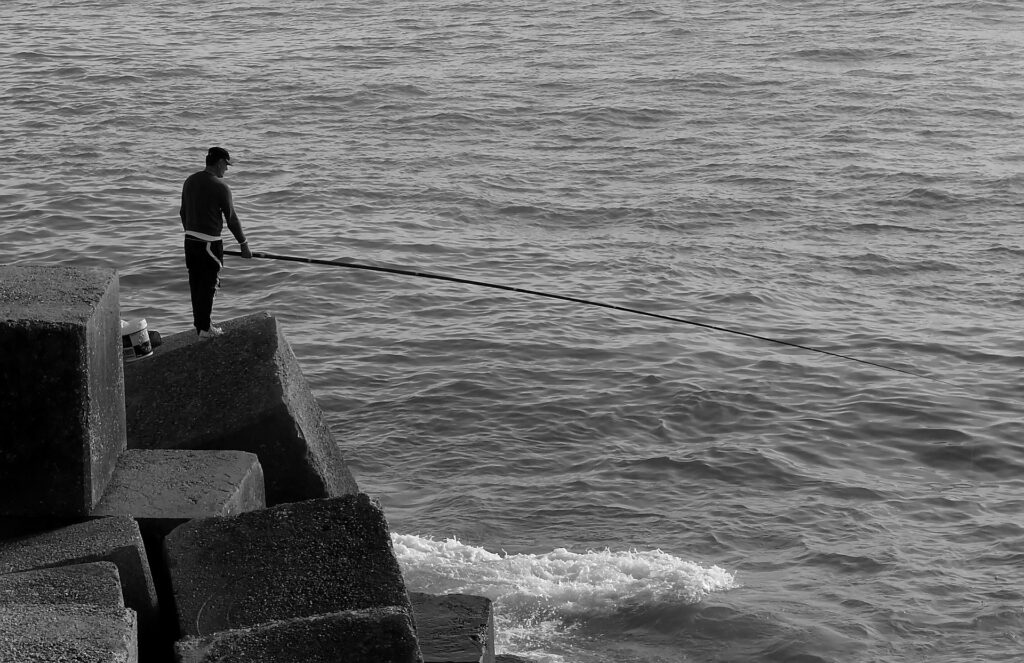Fishing is an activity that requires the ability to adapt to different fishing conditions. The jig is one way to catch many kinds of fish. Among those you can catch, we can mention the sea bass, which is a very popular fish.
Using the jig for fishing
The jig is a style of lure that is commonly used for fishing in marine waters. However, it has qualities that can be easily exploited for different fishing styles. Thus, you can use a casting jig if you want to fish in freshwater. The effectiveness of this accessory will however depend on your fish.
This rigid lure is designed to mimic the shape of the small fish that predators usually feed on. If you plan to catch these fish with your rod, the jig is a good alternative. For example, sea bass are among the species for which you can use this particular lure.
Going bass fishing
Sea bass is one of the fish that you will find without too much difficulty in many waters. In particular, it is a carnivore that will have an average size of 30cm, but can easily adopt a larger size. Usually, it will prefer to stay in dark places, i.e. the bottom of the water.
You can use a casting jig to bring them out of their lair. This lure is well able to pass itself off as a small fish. It will generate vibrations that are very similar to those of sea bass prey. The fish will then rush to your bait as quickly as possible.
Deciding on a jig model
A jig casting will come in many different forms, depending on your needs. Among other things, you need to decide on a certain size, depending on the size of your bass. The more massive the bass, the more massive the lures you will need.
Then you have to decide on details like the weight. Usually, this lure will take place between two waters, and attract the fish to that area. With a heavier weight, you can make the lure go deep into the water.
Building up a jig bank
In order to be best prepared for fishing situations, it is a good idea to build up a supply of casting jigs. You should acquire several sizes, based on the size of the fish in your fishing grounds. With this information, you will be better able to be well prepared for eventualities.
Ideally, you should include models with discreet colours, and others with flashy colours. This will allow you to adapt to the preferences of your fish. Depending on the season, the bass may react differently depending on whether you use one or the other of these alternatives to attract its attention.

